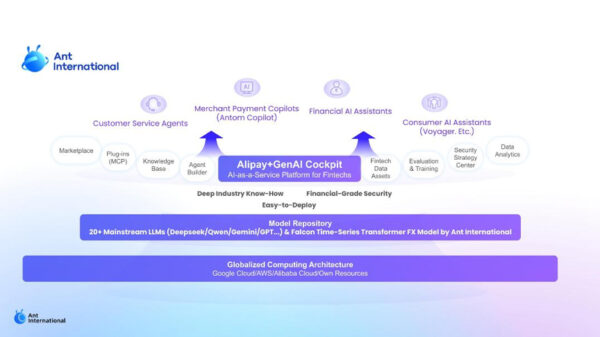The country’s largest fully integrated telco PLDT reinforces its lead among local carriers with the most number of Philippine-terminating cables as it activates the US-Transpacific Jupiter cable system by July this year. The project, which links the country to the landing station in Daet, Camarines Norte, is expected to further enhance customer experience.
The addition of the Jupiter cable system to PLDT’s infrastructure greatly boosts the telco’s extensive fiber network, providing greater capacity in multiple Terabits per second to customers as well as cable diversity to ensure ability to re-route traffic in the event of undersea cable cuts.
“Investments on infrastructure like Jupiter allow PLDT to provide the vital connectivity that powers our digital economy, enabling us to help transform the country into a globally competitive and digitally-empowered nation,” PLDT and Smart FVP and Head of Enterprise Business Group Jojo G. Gendrano said.
“Specifically, this will fortify the Philippines’ position as the next strategic data center hub for global hyperscalers,” Gendrano added.
Submarine fiber optic cables are among the most critical components of the internet’s infrastructure, as they serve as the global backbone connecting countries, carrying communications, and enabling e-commerce and the information age. PLDT’s investment in the Jupiter cable system increases and reinforces the capacities and the resiliency of the telco leader’s existing undersea fiber links, to deliver massive amounts of data traffic going in and out of the country to the US.
Jupiter uses an “open cable model,” which allows consortium members to increase their capacities as needed by investing in technologies that boost data throughput. This means that by integrating advanced submarine line terminal facility, PLDT can scale up Jupiter’s capacity even as global data traffic grows rapidly and exponentially.
Currently already the largest among Philippine telcos, Jupiter is anticipated to increase PLDT’s international capacity of 20 Terabit/s to about 60 Terabit/s to US and Japan further establishing its lead, and ready to scale with the growing demands of digital services. These include the delivery of Cloud services, Fintech, and rich media content, which seamlessly complements PLDT’s existing fixed and mobile services.
“The addition of Jupiter to PLDT’s network will further accelerate the ability of our enterprise customers to execute their digital transformation initiatives,” according to Gendrano.
“It will also enable us to increase international capacity into our data centers — now a major component of the country’s digital ecosystem — and enhance the attractiveness of the country as an investment destination. Moreover, it will allow us to uplift the infrastructure we provide to BPO’s to support their hyper-connectivity requirements, not only in Metro Manila but also in other parts of the country. Lastly, Jupiter will help us support and deliver more advanced digital services such as the increasing adoption of Cloud services and the roll out of 5G for the benefit of our customers,” added Gendrano.
The Jupiter Cable system is a joint project of global providers spanning 14,000 kilometers from the US West Coast, Japan, and in Daet, Camarines Norte in the Philippines. This will bring PLDT’s total number of international cabling systems to 17.
“PLDT continues to expand and invest in new international cable infrastructures to further improve the capacity and resilience of the country’s international network and continue to deliver unparalleled internet service to its customers. Jupiter is key to enhancing our cable network resilience, increasing the PLDT Group’s submarine cable route diversity, and helps assure our customers with sustained capacity availability in support of their growing demand for data and continuing digital transformation,” said Mario G. Tamayo, Head of Technology at PLDT.
Currently, PLDT operates the country’s most extensive international submarine cable network and is set to expand further with the completion of two more major international cable systems namely Asia Direct Cable (ADC), and the APRICOT cable system set to be completed in the next two years.
















































































































